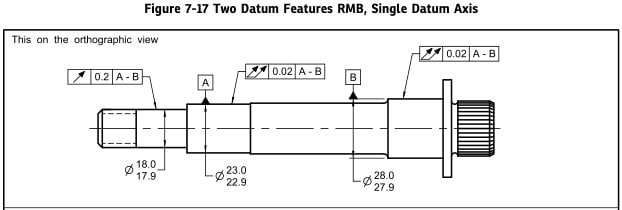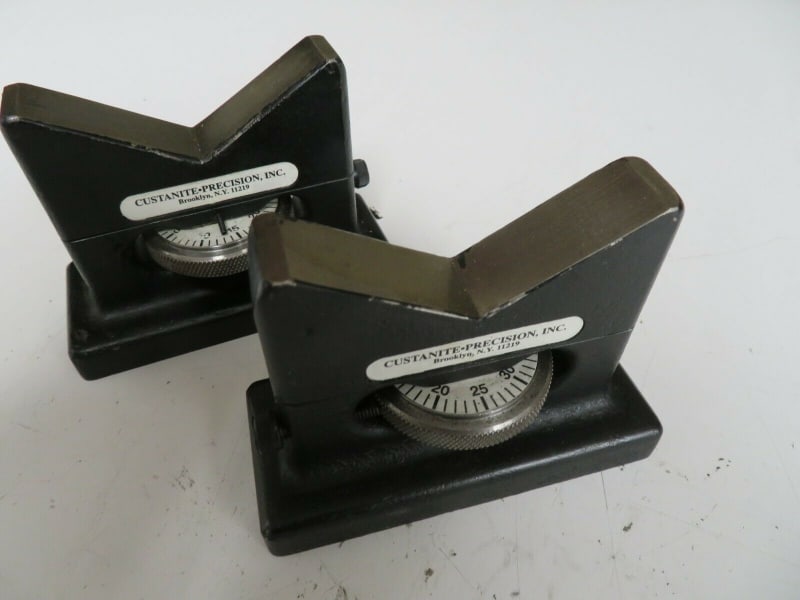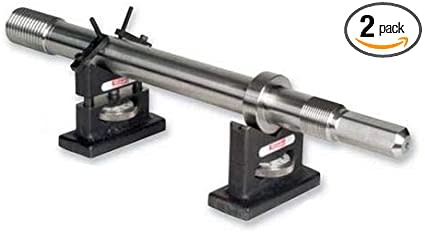rollingcloud
Aerospace
[URL unfurl="true"]https://res.cloudinary.com/engineering-com/image/upload/v1695940259/tips/6gorixqgl2rb1_z5rpth.webp[/url]
If the diameter of bearing surface A is smaller than that of bearing surface B, is it still practical to use A-B as the primary datum? The V-blocks supporting them would need to be of different heights. How can we ensure the shaft is flat and straight when it's sitting on the V-blocks? I have a part with a similar shape. However, while my part primarily moves axially (still allow to rotate), I'm most concerned about ensuring the conical surface (datum C) is as perfect as possible since it's used as a sealing surface. I'm wondering if I can apply the same A-B datum concept to my part.
If the diameter of bearing surface A is smaller than that of bearing surface B, is it still practical to use A-B as the primary datum? The V-blocks supporting them would need to be of different heights. How can we ensure the shaft is flat and straight when it's sitting on the V-blocks? I have a part with a similar shape. However, while my part primarily moves axially (still allow to rotate), I'm most concerned about ensuring the conical surface (datum C) is as perfect as possible since it's used as a sealing surface. I'm wondering if I can apply the same A-B datum concept to my part.




![[roll1] [roll1] [roll1]](/data/assets/smilies/roll1.gif)